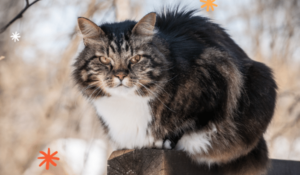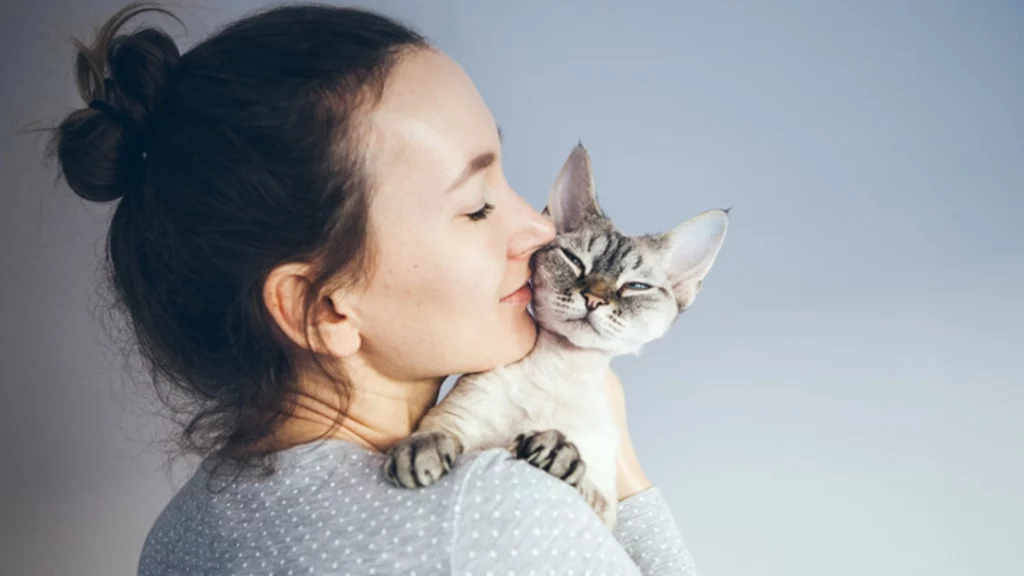
Photo by susannp4 on Pixabay
Cats are more than just pets; they are beloved members of our families. As cat owners, it is our responsibility to ensure that our feline friends lead happy and healthy lives. From providing proper nutrition to creating a safe and stimulating environment, there are several key aspects of cat care that every owner should be aware of. In this comprehensive guide, we will explore everything you need to know to keep your cat content and thriving.
Table of Contents
- Understanding Cat Behavior
- Body Language
- Vocalizations
- Socialization
- Play and Exercise
- Nutrition and Feeding
- The Importance of a Balanced Diet
- Choosing the Right Cat Food
- Feeding Schedule and Portion Control
- Common Dietary Issues
- Grooming and Hygiene
- Regular Brushing and Bathing
- Nail Trimming and Dental Care
- Preventing Fleas and Ticks
- Recognizing Signs of Illness
- Creating a Safe and Enriching Environment
- Indoor vs. Outdoor Cats
- Cat-Proofing Your Home
- Providing Vertical Spaces
- Environmental Enrichment
1. Understanding Cat Behavior

Cats are known for their independence and mysterious nature. However, understanding their behavior is crucial for providing appropriate care and building a strong bond. By paying attention to their body language, vocalizations, socialization needs, and providing ample play and exercise opportunities, you can ensure a happy and well-adjusted cat.
Body Language
Cat body language can convey a wealth of information about their mood and intentions. Some common body language cues include:
- Ears: Forward-facing ears indicate attentiveness, while flattened ears indicate fear or aggression.
- Tail: A relaxed tail that gently sways indicates contentment, whereas a puffed-up tail indicates fear or agitation.
- Eyes: Dilated pupils can indicate excitement or fear, while half-closed eyes indicate relaxation and trust.
- Posture: An arched back and raised fur indicate aggression, while a relaxed body posture indicates comfort.
Vocalizations
Cats communicate through a variety of vocalizations, including meowing, purring, hissing, and growling. Each vocalization serves a different purpose, such as seeking attention, expressing contentment, warning of danger, or displaying aggression. Paying attention to your cat’s vocal cues can help you understand their needs and emotions.
Socialization
Proper socialization is essential for cats to develop positive relationships with humans and other animals. Early exposure to different people, animals, and environments can help cats become more confident and adaptable. Regular playtime and positive reinforcement can strengthen the bond between you and your cat.
Play and Exercise
Play and exercise are crucial for a cat’s physical and mental well-being. Engaging in interactive play sessions and providing stimulating toys can prevent boredom and destructive behavior. Cats also need opportunities to climb, scratch, and explore their surroundings. Incorporating vertical spaces and cat trees into your home can satisfy their natural instincts.
2. Nutrition and Feeding

A balanced diet is fundamental to maintaining your cat’s health and longevity. Providing the right nutrients in the correct proportions is essential for their overall well-being. Here are some key considerations when it comes to cat nutrition and feeding.
The Importance of a Balanced Diet
Cats are obligate carnivores, which means they require a diet primarily consisting of animal-based protein. Their nutritional needs include essential amino acids, fatty acids, vitamins, and minerals. A balanced diet ensures optimal growth, muscle development, and a healthy immune system.
Choosing the Right Cat Food
When selecting cat food, look for products that meet the Association of American Feed Control Officials (AAFCO) standards. Consider your cat’s age, breed, and any specific dietary requirements. Wet food, dry food, and a combination of both can be suitable options, but it’s important to ensure they meet your cat’s nutritional needs.
Feeding Schedule and Portion Control
Establishing a regular feeding schedule can help maintain your cat’s weight and prevent overeating. Most adult cats require two meals a day, while kittens may need three to four meals. Portion control is crucial to prevent obesity and related health issues. Follow the guidelines provided by the food manufacturer and consult your veterinarian if you have any concerns.
Common Dietary Issues
Some cats may have specific dietary requirements or conditions that require specialized diets. Food allergies, sensitivities, urinary tract issues, and weight management are common concerns. If your cat displays any symptoms or has specific dietary needs, consult your veterinarian for appropriate dietary recommendations.
3. Grooming and Hygiene

Regular grooming and proper hygiene practices are essential for keeping your cat’s coat, skin, nails, and teeth in optimal condition. Here are some key aspects of cat grooming and hygiene.
Regular Brushing and Bathing
Brushing your cat regularly helps remove loose hair, prevents matting, and promotes a healthy coat. The frequency of brushing depends on your cat’s coat length and type. While most cats groom themselves, occasional baths may be necessary for those who are unable to effectively clean themselves or have specific skin conditions. Use cat-friendly grooming products and consult your veterinarian for guidance.
Nail Trimming and Dental Care
Trimming your cat’s nails regularly helps prevent them from becoming too long and causing discomfort or injury. Introduce nail trimming gradually and use cat-specific nail clippers. Dental care is also crucial for maintaining oral health. Brush your cat’s teeth regularly using cat-friendly toothpaste and toothbrushes. Dental treats and oral rinses can also help promote oral hygiene.
Preventing Fleas and Ticks
Fleas and ticks can cause discomfort and transmit diseases to your cat. Regularly check your cat for signs of fleas or ticks, especially during warmer months. Use veterinarian-recommended flea and tick prevention products to protect your cat. Additionally, keep your home clean and treat your cat’s bedding and living areas to prevent infestations.
Recognizing Signs of Illness
Regular grooming sessions provide an opportunity to observe any changes in your cat’s physical condition. Look out for signs of skin issues, lumps, bumps, or any unusual behaviors. Changes in appetite, litter box habits, or grooming patterns may indicate an underlying health problem. If you notice any concerning signs, consult your veterinarian for a thorough examination.
4. Creating a Safe and Enriching Environment

Creating a safe and enriching environment is essential for your cat’s well-being and happiness. Whether your cat is an indoor or outdoor pet, there are several measures you can take to ensure their safety.
Indoor vs. Outdoor Cats
Deciding whether to keep your cat indoors or allow them outdoor access depends on various factors such as your location, the cat’s personality, and potential risks. While indoor cats are generally safer from outdoor hazards, outdoor cats may enjoy the stimulation of nature. If you choose to let your cat roam outside, ensure they have proper identification and vaccinations.
Cat-Proofing Your Home
Make your home cat-friendly by removing hazards and creating safe spaces. Secure windows and balconies to prevent falls, keep toxic plants out of reach, and store cleaning products and medications securely. Keep small objects, plastic bags, and electrical cords away from your cat’s reach to prevent choking or electrocution.
Providing Vertical Spaces
Cats love to climb and perch in high places. Providing vertical spaces such as cat trees, shelves, or window perches allows them to exercise their natural climbing instincts and observe their surroundings. Vertical spaces also help cats feel safe and secure.
Environmental Enrichment
Enrich your cat’s environment by providing interactive toys, scratching posts, and puzzle feeders. Rotate toys regularly to keep them engaged and stimulated. Consider using catnip or pheromone sprays to create a calming effect. Providing hiding spots and cozy resting areas also contributes to their overall well-being.
Conclusion
Caring for your cat involves a combination of love, attention, and knowledge. By understanding your cat’s behavior, providing a nutritious diet, maintaining proper grooming and hygiene, creating a safe and stimulating environment, and seeking regular veterinary care, you can ensure a happy and healthy life for your feline friend. Remember, each cat is unique, so tailor your care to their individual needs and enjoy the rewarding bond you share.